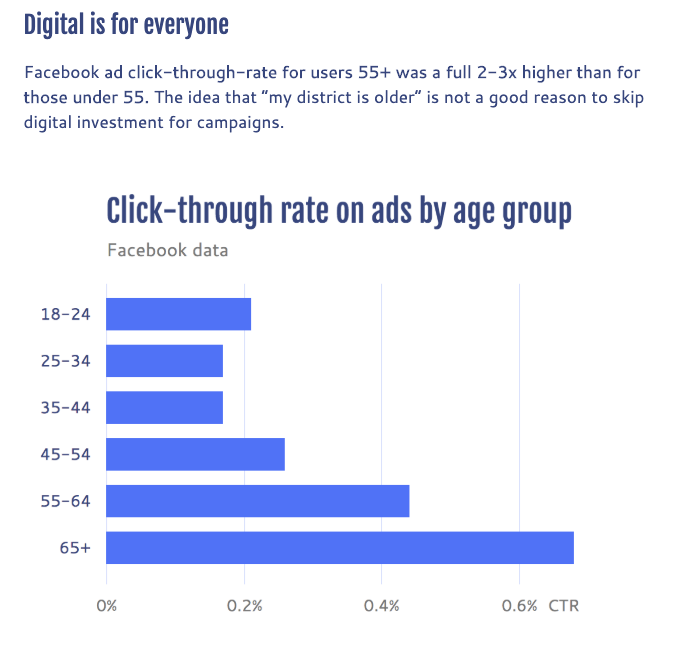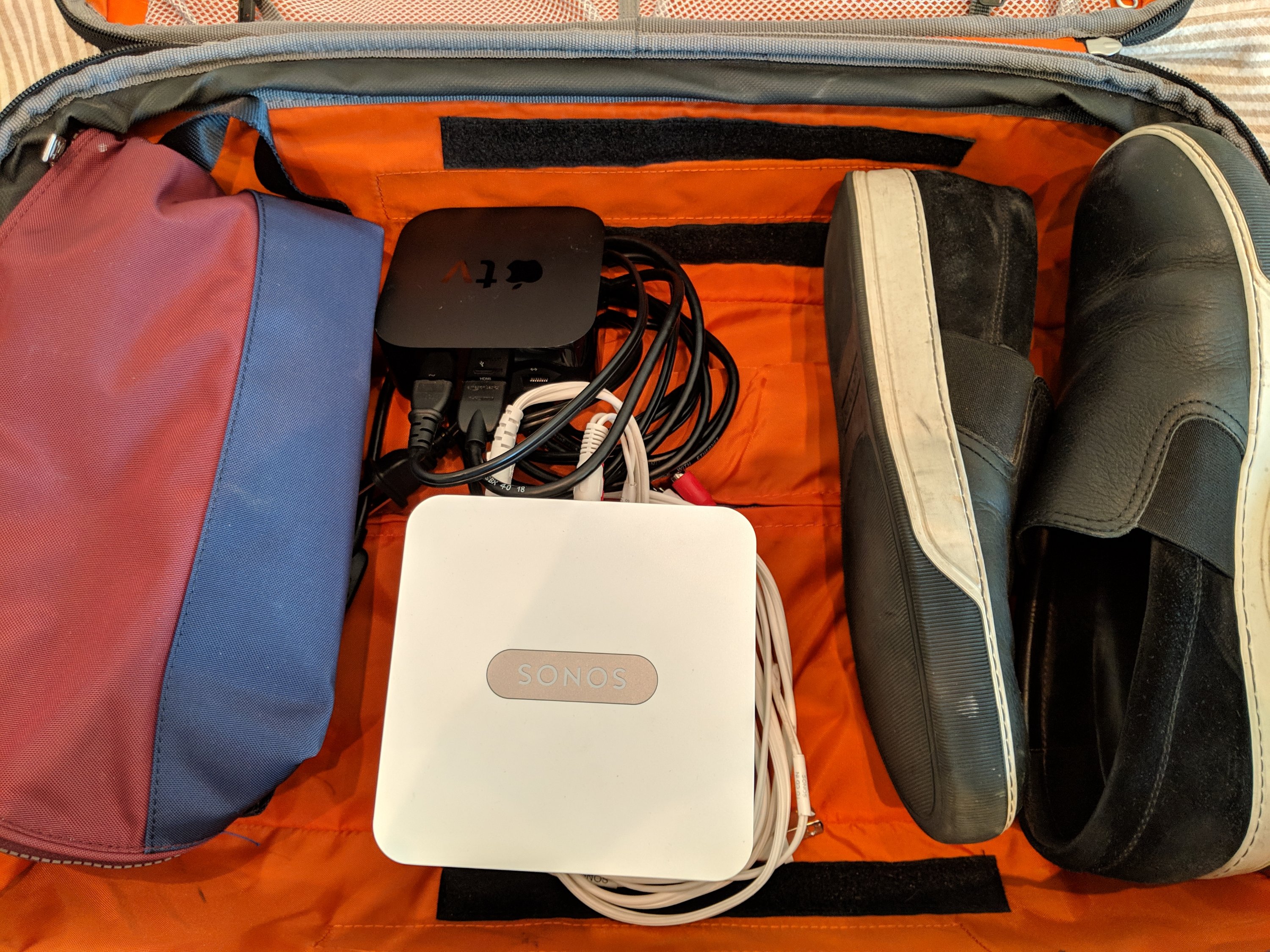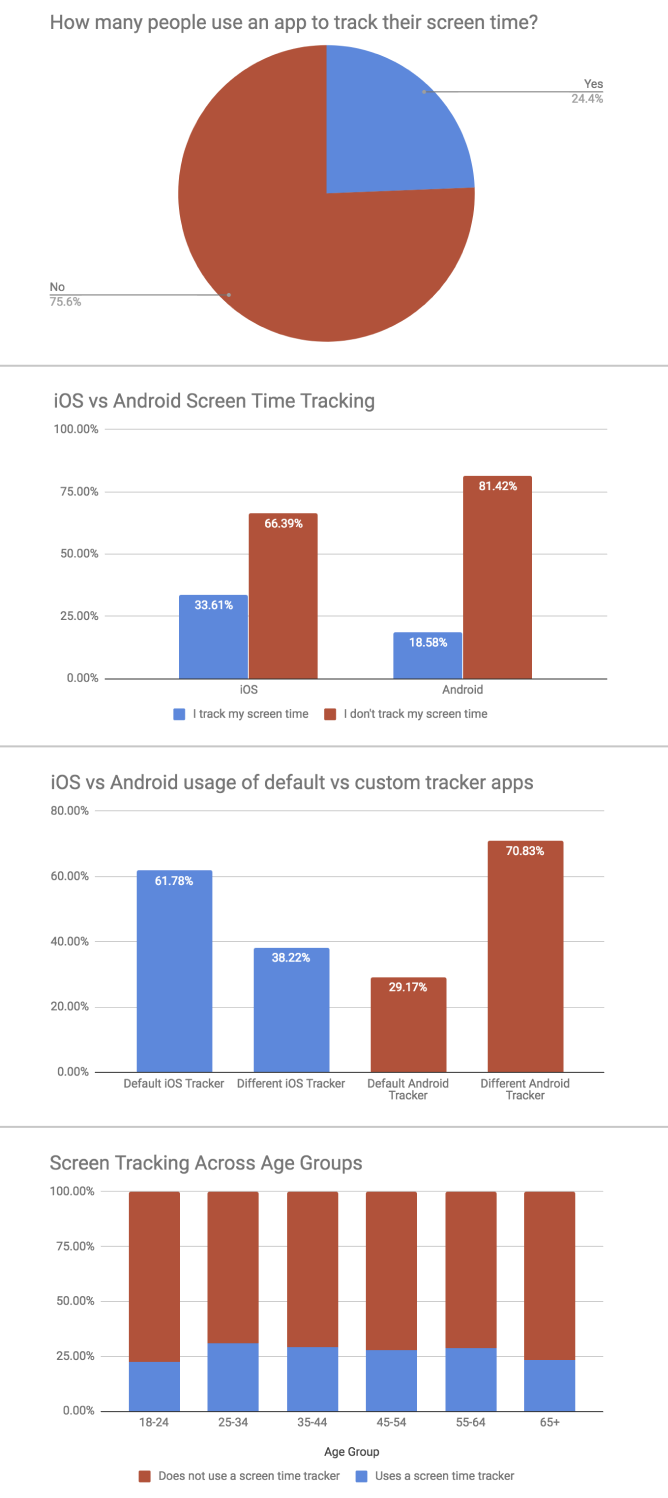The 5G Conundrum
Christopher Mims has a good post on the 5G headaches that are in store for those of us in the US as we roll out 5G:
The Downside of 5G: Overwhelmed Cities, Torn-Up Streets, a Decade Until Completion
As carriers launch their 5G networks, the promise of superfast wireless is clashing with the reality of the rollout; ‘the real onslaught has not yet begun’https://t.co/j4LXxxf7yv
— Christopher Mims 🎆 (@mims) June 29, 2019
While getting to wireless speeds that are close to the fastest wired speeds is important, it also begs the question why are we doing it this way.
Jessica Rosenworcel, who is one of the FCC Commissioners, explains why the US approach to 5G is different than elsewhere in this opinion piece:
Washington is choosing the wrong lane in the race to 5G.
Me in @WIRED: https://t.co/STobHUavBw— Jessica Rosenworcel (@JRosenworcel) June 10, 2019
I was in a meeting earlier this year and there were some execs from the big wireless carriers in the room. They were complaining about how difficult local governments are being on the 5G rollout. I asked them if 5G is really going to work with this network architecture that requires so much infrastructure buildout. They were confident. I am not.




